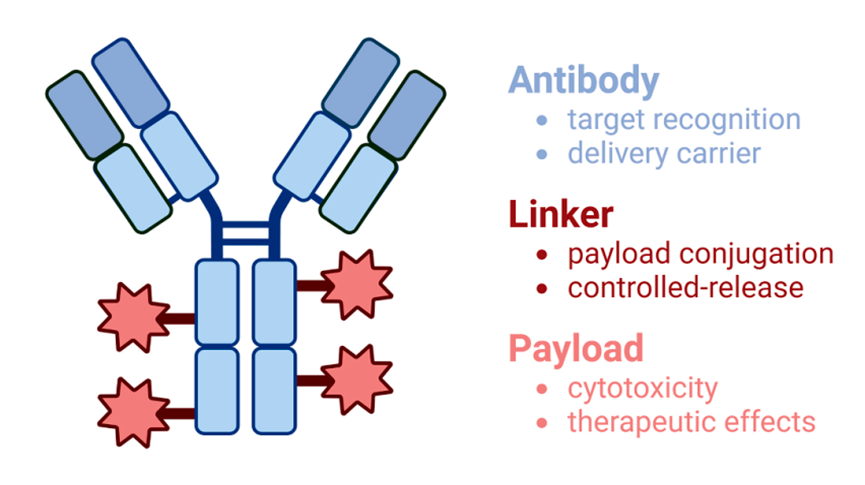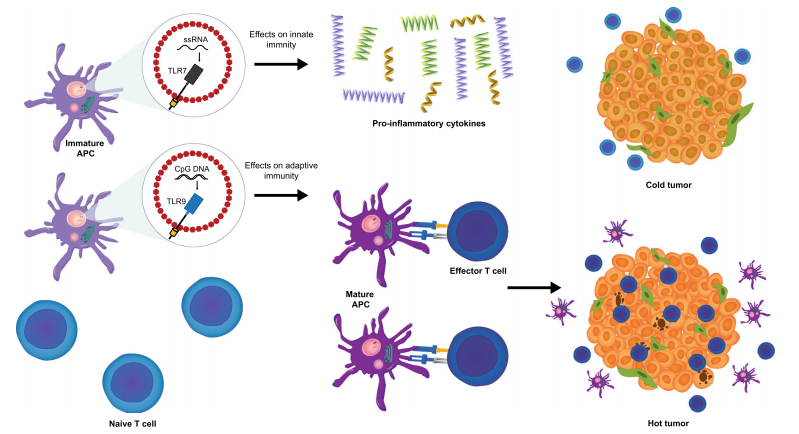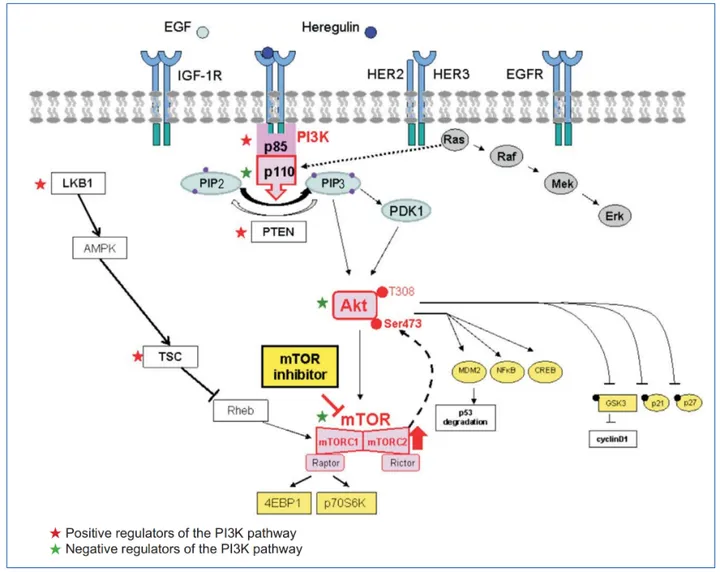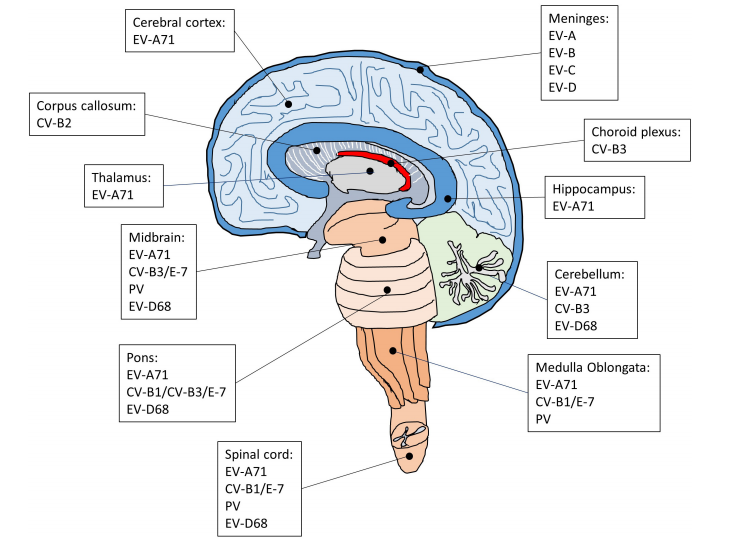Development status of different muscle relaxants
Abstract
Neuromuscular block drugs, also known as muscle relaxants. Muscle relaxant is the main adjuvant drug for general anesthesia, which can be used for tracheal intubation and intraoperative muscle relaxation maintenance during general anesthesia. It has been more than half a century since the application of arrow venom in clinical practice in 1942. The use of arrow venom has opened the precedent for the application of muscle relaxants in clinical anesthesia. After that, chemists and pharmacists worked hard to improve based on the original drugs. The development of more effective muscle relaxants provides a reliable guarantee for clinical application.
For example, in 1948, the synthesis of succinylcholine marked great progress in muscle relaxants. These drugs have the advantage of strong muscle relaxant effects and are widely used in clinical practice. Although the drug can produce a sharp increase in intraocular pressure in the clinical application of adverse reactions, because of its anesthetic effect can better meet the needs of tracheal intubation, so it is still the first choice of muscle relaxants for emergency intubation or difficult intubation in the past. Subsequently, scientists at home and abroad have carried out a lot of research on muscle relaxants and made great progress. For example, the successful development of rocuronium, pancuronium, vecuronium, and other drugs has made great progress in clinical anesthesia. Since then, researchers have begun to study different types of muscle relaxants to meet various clinical needs.
What is the ideal muscle relaxant?
At present, it is generally believed that the ideal muscle relaxant should be non-depolarizing, has rapid onset, short action time, rapid recovery without accumulation, be highly specific to neuromuscular junctions, have no cardiovascular adverse reactions, have no release of histamine, can be antagonized by anticholinesterase drugs, strong effect and no pharmacological effects of metabolites. In recent years, although vecuronium bromide and rocuronium bromide used clinically are safe and effective muscle relaxants, they are difficulty meeting all the above requirements. More ideal new muscle relaxants need to be further studied.
What is the mechanism of muscle relaxants?
The voluntary movement of skeletal muscle and the maintenance of muscle tension depends on the normal transmission of nerve, muscle structure and function, and nerve-muscle excitation. Nerves and muscle tissues are excitable tissues. Depolarization of cell membranes caused by electrical stimulation or chemical stimulation can cause excitation to be transmitted on the membrane surface. The conduction of excitation on nerves or muscles is an electrical excitation conduction, and the transmission of excitation from nerves to skeletal muscle undergoes an electro-chemical-electrical conversion process. Muscle relaxants mainly interfere with the chemical transmission process and cause muscle relaxation.
The muscle relaxant mainly acts on the receptor of the posterior membrane of the joint and competes with acetylcholine for the receptor. According to their different mechanism of action, muscle relaxants are divided into depolarization muscle relaxants and non-depolarization muscle relaxants. The depolarizing muscle relaxant has a structure similar to acetylcholine and has a similar effect to acetylcholine after binding to the receptor, which depolarizes the endplate. The elimination rate of depolarizing muscle relaxants at neuromuscular junctions is much lower than that of acetylcholine, resulting in sustained depolarization and blocking normal neuromuscular transmission. Non-depolarizing muscle relaxants block the binding of acetylcholine to the receptor after binding to the receptor, thereby preventing depolarization.
What are the common clinical medications?
To avoid the side effects of muscle relaxants, the most commonly used muscle relaxants are cis-atracurium, rocuronium, vecuronium, and succinylcholine.
Cis-atracurium
Cisatracurium is a cis-optical isomer of atracurium. It can competitively bind to the cholinergic receptor of the motor endplate and has a muscle relaxation effect and metabolic pattern similar to atracurium. However, its muscle relaxation intensity was about 3 times that of atracurium. It does not release histamine and has a small cardiovascular response. It has gradually replaced atracurium and has become the mainstream of muscle relaxants for anesthesia. It is safe for clinical use, including elderly patients, children and liver and kidney dysfunction, severe cardiovascular disease, and ICU patients. Cisatracurium is not directly hydrolyzed by plasma non-specific esterase but is mainly degraded by the Hofmann pathway. The proportion of osteolysis is very small, and about 15 % is excreted by the kidney. Its metabolites have no neuromuscular block effect. Compared with atracurium, the prominent advantage of cisatracurium is that it has no histamine release effect, which has been confirmed in animal experiments and clinical trials. It avoids cardiovascular reactions and makes it safe for surgical applications in cardiovascular patients.
Rocuronium
Rocuronium is a non-depolarizing aminosteroid neuromuscular blocker, which is structurally similar to vecuronium bromide and pancuronium. Rocuronium is one of the most ideal muscle relaxants used in clinical practice today. It can produce excellent tracheal intubation conditions within 60s. It is currently the fastest non-depolarizing muscle relaxant, and its onset time is close to succinylcholine. Rocuronium has the characteristics of rapid onset and small cardiovascular side effects. From the perspective of the mechanism of action, rocuronium not only acts on the N2 choline receptor after the neuromuscular junction, but also inhibits the choline receptor before the junction, and the speed of muscle relaxation is related to its efficacy. In this way, the concentration gradient between the plasma and neuromuscular junction increases, and the transport of drug molecules increases, thus accelerating the onset. In addition, the low plasma protein binding rate and high plasma clearance rate make the transport of muscle relaxants from plasma to the site of action faster, which is also another reason for the rapid onset, short time, and rapid recovery of rocuronium. The plasma albumin binding rate of rocuronium was 25%, which was mainly metabolized by liver and excreted by the biliary tract, and 9% prototype was excreted by the kidney. The main metabolite is 172 hydroxy rocuronium, which has no biological activity. Rocuronium bromide cannot pass through the blood-brain barrier and does not affect the central nervous system.
Vecuronium
Vecuronium, a mono quaternary ammonium steroidal muscle relaxant, retains only the quaternary ammonium group on the D ring of the steroid associated with the action of the muscle relaxant, but the quaternary ammonium group on the A ring of the steroid associated with the cardiovascular effect is demethylated to form a tertiary amine group. This change results in faster onset and enhanced efficacy. Vecuronium does not release histamine and is therefore suitable for patients with myocardial ischemia and heart disease. The muscle relaxant strength of vecuronium bromide is similar to that of pancuronium, but its aging is shortened by 1/2-1/3. The metabolic pathway of vecuronium is mainly liver metabolism, which is similar to pancuronium. Among its metabolites, hydroxy vecuronium has the most obvious muscle relaxation effect, which is 50%-60% of near vecuronium. Although the elimination half-life of vecuronium is longer than that of atracurium, the plasma concentration decreases rapidly due to its rapid distribution, so it’s aging and recovery rate are similar to those of atracurium. However, when a large dose is applied, the recovery index is large, and repeated medication will have an accumulation effect.
Succinylcholine
As a traditional depolarization muscle relaxant, succinylcholine has the advantages of rapid onset, short action time, strong muscle relaxation, and low price. However, there are many adverse reactions and contraindications. At present, it has been rarely used for the maintenance of general anesthesia, but it is still widely used for rapid induction of tracheal intubation.




